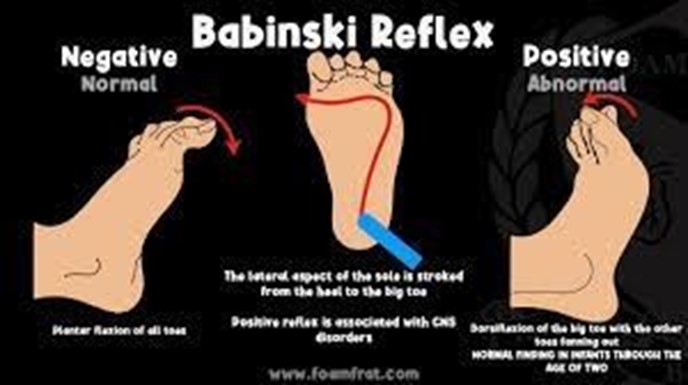A nurse is caring for a newborn who is formula-fed. The newborn takes 0.5 oz of formula at 0800, 1 oz at 1100, 0.5 oz at 1300, 0.5 oz at 1600, and 0.5 oz at 1830. How many mL of formula should the nurse record as the client's intake for the shift?
15 mL.
30 mL.
45 mL.
60 mL.
The Correct Answer is D
Choice A rationale:
15 mL is not the correct choice because it only considers the first two feedings and does not account for the intake during the entire shift.
Choice B rationale:
30 mL is not the correct choice because it only considers the first three feedings and does not account for the intake during the entire shift.
Choice C rationale:
45 mL is not the correct choice because it only considers the first four feedings and does not account for the intake during the entire shift.
Choice D rationale:
The nurse should record 60 mL of formula as the newborn's intake for the shift. To calculate the total intake, you add the amounts from each feeding: 0.5 oz + 1 oz + 0.5 oz + 0.5 oz + 0.5 oz = 60 mL. Remember that 1 fluid ounce (oz) is approximately equal to 30 mL.
Nursing Test Bank
Naxlex Comprehensive Predictor Exams
Related Questions
Correct Answer is ["A","C","D","F"]
Explanation
Choice A rationale:
The newborn reflex called "rooting”. is characterized by turning the head and opening the mouth when the cheek or mouth area is touched. This reflex helps the newborn find the mother's breast for feeding.
Choice B rationale:
"Stepping”. is a newborn reflex where they make stepping movements when held upright with their feet touching a solid surface. This reflex is present at birth but tends to disappear after a few weeks.
Choice C rationale:
The "Moro”. reflex is also known as the startle reflex. It is elicited by a sudden loss of support or loud noise, causing the newborn to throw their arms and legs out and then bring them back in. This reflex usually disappears around 3 to 4 months of age.
Choice D rationale:

The "Babinski”. reflex is characterized by the extension of the big toe and fanning of the other toes when the sole of the foot is stroked. This reflex is present in newborns and should disappear by around 12 months of age.
Choice E rationale:
"Running”. is not a recognized newborn reflex. There is no reflex with this name related to newborns.
Choice F rationale:
The "gag”. reflex is present in newborns and helps protect the airway by causing a gagging response when the back of the throat is stimulated.
Correct Answer is D
Explanation
Choice A rationale:
Acrocyanosis, or bluish discoloration of the hands and feet, is common in the first 24 hours after birth and is typically not a cause for concern.
Choice B rationale:
A newborn not voiding within 18 hours may need evaluation, but it is not as urgent as a potential infection.
Choice C rationale:
A newborn who is 24 hours old and has not passed meconium is not the most critical concern among the options provided. While meconium (the baby's first stool) should be passed within the first 24-48 hours, a slight delay may not be an immediate cause for concern.
Choice D rationale:
The nurse should prioritize seeing the newborn with an axillary temperature of 37.8°C (100° F), as this could indicate an infection or other serious condition requiring immediate attention.
Whether you are a student looking to ace your exams or a practicing nurse seeking to enhance your expertise , our nursing education contents will empower you with the confidence and competence to make a difference in the lives of patients and become a respected leader in the healthcare field.
Visit Naxlex, invest in your future and unlock endless possibilities with our unparalleled nursing education contents today
Report Wrong Answer on the Current Question
Do you disagree with the answer? If yes, what is your expected answer? Explain.
Kindly be descriptive with the issue you are facing.
